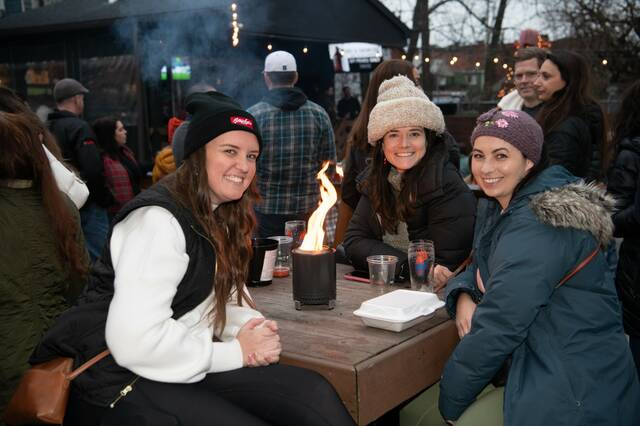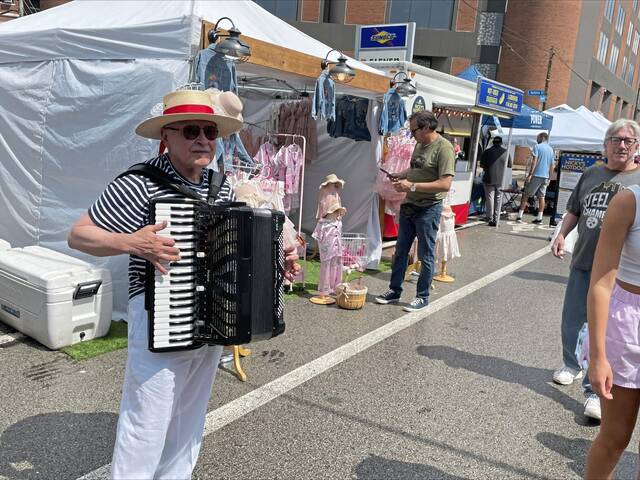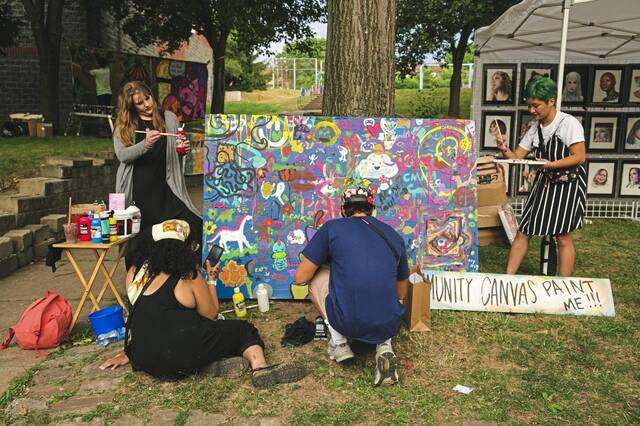A requirement that 10% of new multi-unit housing be made affordable in Pittsburgh’s Lawrenceville neighborhood may be tested in Bloomfield and Polish Hill, under legislation introduced Tuesday by Councilwoman Deb Gross.
Residents and community leaders from Bloomfield and Polish Hill lobbied Gross for the legislation, she said. It would expand upon a successful experiment with what’s called inclusionary zoning, which was first tested locally in Lawrenceville.
The program started in July 2019 when council created a zoning overlay district in Lawrenceville. It required 10% of any project involving 20 or more units to be affordable for people earning at least 50% of the Allegheny County’s area mean income. That figure is defined as $38,000 for a family of four.
After being deemed a success, the requirement was made permanent in Lawrenceville by council in June. No one has opposed it and developers have been willing to follow the law, Gross has said.
During meetings that council and the city’s planning commission held during the process of making it permanent, officials heard from residents and groups in other neighborhoods who asked that it be expanded.
They included Christina Howell, executive director of the Bloomfield Development Corp.
If council enacts the legislation, the inclusionary zone will also include Bloomfield and Polish Hill in a pilot program similar to the process used in Lawrenceville.
“We want to test it,” Howell said. “There may be things that work for Lawrenceville that don’t work for Bloomfield or Polish Hill.”
Although Bloomfield hasn’t seen quite the amount of growth that Lawrenceville has in recent years, there’s still the possibility that developers could require enough parcels to build a multi-unit building that would be subject to the requirement.
The idea is that if and when those new developments come, people won’t be forced out because rents aren’t affordable, Howell said.
“Bloomfield is a working-class neighborhood, 20% of the population is considered low income,” Howell said. “We want to keep people in the neighborhood.”








